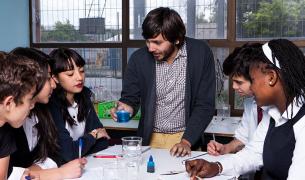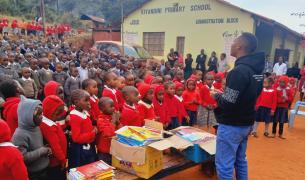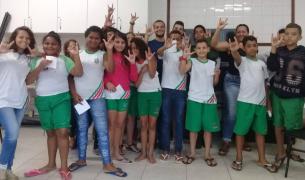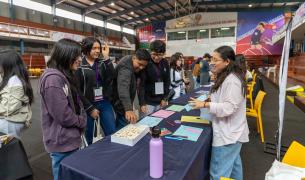Our students can solve the climate crisis—let’s equip them to do it
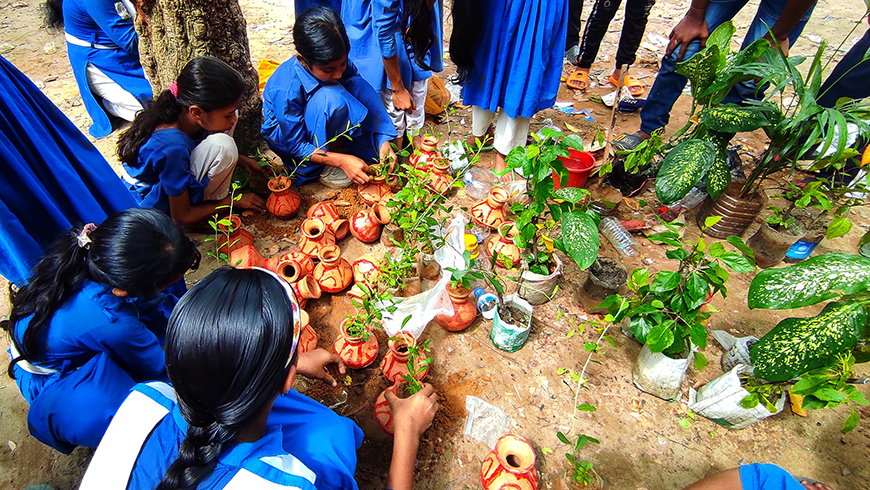
I joined the Teach For Bangladesh fellowship in 2023, starting my journey on a crisp winter morning filled with hope and determination. Everything was going well—my students were eager to learn, and together with my community, we were working hard to reduce the learning gap and create a brighter future. But then, summer arrived. Not the usual, predictable summer we were accustomed to. This one felt like a villain, disrupting our lives and studies in ways we never imagined.
In my classroom, the effects of the rising temperatures were undeniable. Student attendance dropped, and those who came to school often struggled with fatigue and discomfort. Frequent power outages added to the challenge, making it even harder to teach and learn. What struck me the most was how little my students understood about why this was happening. They knew it was hot—uncomfortably hot—but they didn’t know why. They didn’t know about climate change or the human causes that lead to such extreme conditions. That’s when I realized, to build this understanding and help them take action, we need to start with education.
This realization couldn’t have come at a better time. In 2023, Teach For Bangladesh launched its Climate Education and Leadership project, and I was selected as one of 30 fellows to participate. This initiative provided me with the tools and resources to bring climate education into my classroom. I began integrating climate topics into my lesson plans, making them relevant across subjects like science, Bangla, math, and even art.
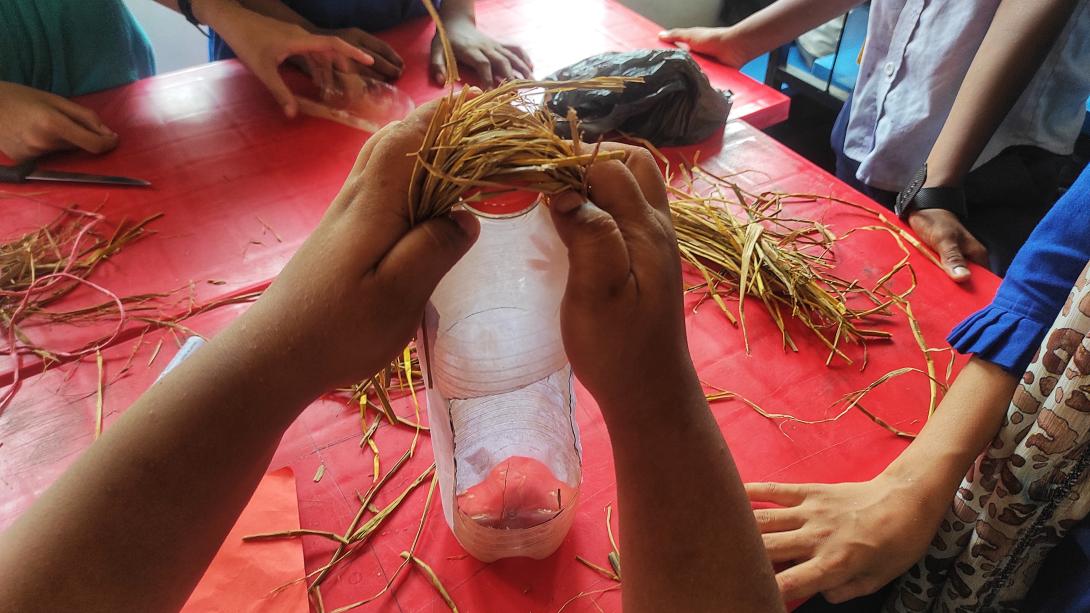
But we didn’t stop at theory. We rolled up our sleeves and got to work. Students participated in hands-on experiments to understand the science behind climate change. We made learning fun with games like puzzles and competitions, challenging students to find climate-related words and compete to see who could spot the most. To cool down our classroom, we filled it with plants that absorb heat and improve air quality. We even upcycled old plastic bottles into bird feeders, reminding students that climate change affects not just humans but all living creatures.
One of the most memorable activities was our nature-based art competition. Using leaves, flowers, and clay, students created stunning pieces that celebrated the beauty of the environment we’re trying to protect. They also designed climate awareness posters and took them to their communities, spreading the message about the importance of sustainability. Not only that, they shared their knowledge with the younger students in our school, teaching them about the causes and effects of climate change and how they can contribute to solving it. “We want to connect with nature more. We want to do something for our climate,” shared one student who participated in the art competition.

During Climate Week, we hosted a climate fair where students showcased their creativity by turning reused plastic into useful items. They also demonstrated practical ways to conserve energy, like switching off fans before leaving the classroom and collecting rainwater for reuse. These small actions showed them that everyone has a role to play in combating climate change.
The legacy of our work
Although my role as a fellow came to an end in 2024, the impact of our climate initiatives lives on. My students have taken the lessons they learned about sustainability and environmental stewardship with them, applying these practices in their daily lives. I remember one of my students saying, “Ma’am, last night when it rained, we collected the water. We will use it for drinking, washing clothes, and many other purposes. This way, we can save water. We also switched off our fan and lights properly. Now we are using our resources wisely.” Younger students at the school have also taken up the responsibility of caring for the trees we planted and are continuing to follow the sustainable practices my students taught them. It is inspiring to see how small actions can create a ripple effect, fostering a culture of environmental awareness and responsibility within the school and the broader community.
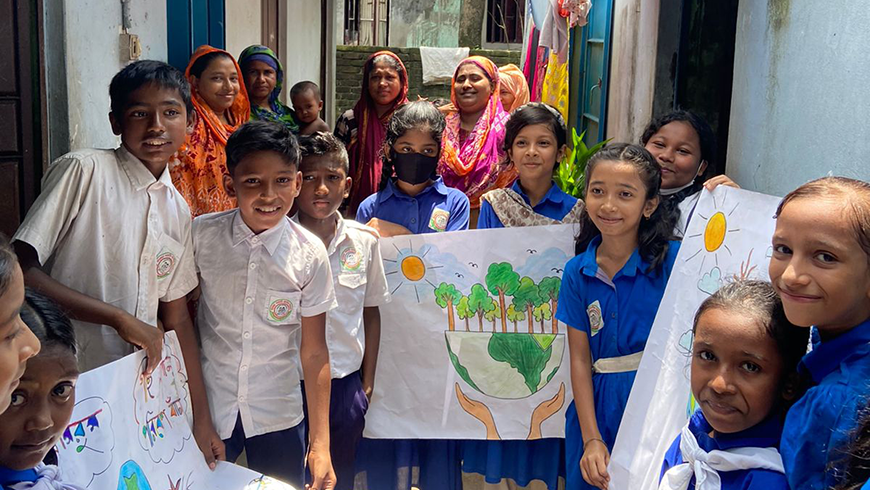
To my fellow educators, leaders, and policymakers: Climate change is not a distant threat—it is here, and it is affecting our children’s futures. Last year, in 2024, schools across Bangladesh, including mine, were forced to close temporarily due to extreme heat waves—a stark reminder of how urgently we need to act. Let’s prioritize climate education in our schools and equip the next generation with the knowledge and skills to tackle this global crisis. Together, we can create a sustainable future for all.
What steps will you take today to empower your students and communities to fight climate change?
Let’s act now, before it’s too late
